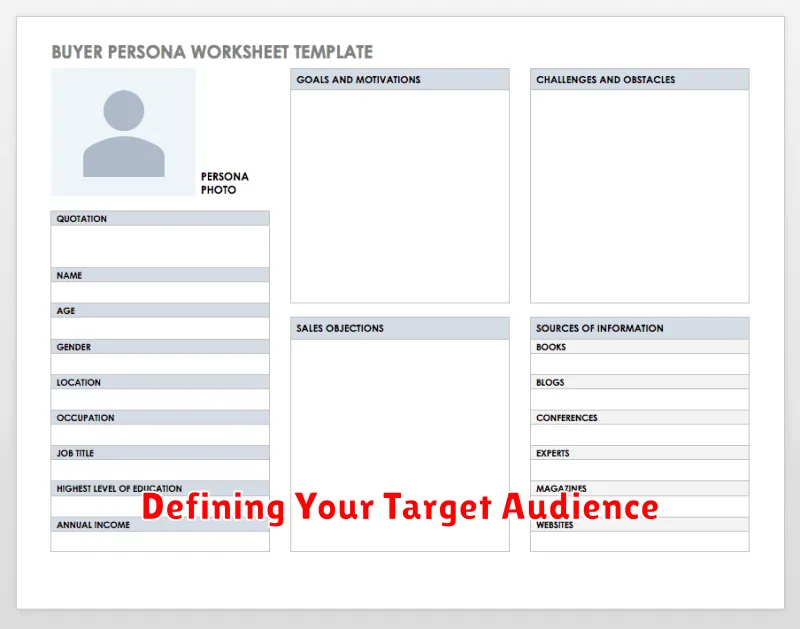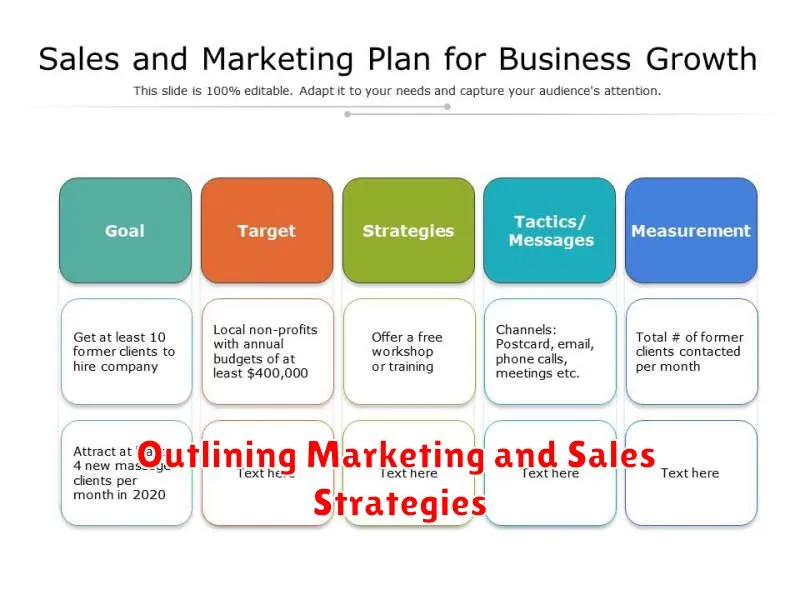A comprehensive, well-structured business plan is the cornerstone of any successful venture. It serves as a roadmap, guiding your business from its initial stages through growth and expansion. Whether you’re seeking funding from investors, applying for a loan, or simply aiming to clarify your business strategy, a strong business plan is essential. This article will provide a practical guide on how to write a business plan that not only looks good but also works effectively to achieve your business goals. Learn how to craft a document that attracts attention, secures funding, and drives business success. We’ll cover key elements such as market analysis, competitive analysis, financial projections, and management strategy, providing actionable steps and examples to help you create a winning business plan.
Developing a business plan may seem daunting, but it’s a manageable process when broken down into its core components. This guide simplifies the complexities of business planning, offering a step-by-step approach to crafting each section. We’ll explore the essential components of a successful business plan, including an executive summary, company description, market analysis, organization and management, service or product line, marketing and sales strategy, funding request, financial projections, and appendix. By following these guidelines, you can transform your vision into a concrete, actionable plan that will help you achieve business success and navigate the challenges of the marketplace.
What Makes a Business Plan Effective?
An effective business plan serves as a roadmap for your venture, guiding its growth and development. It’s more than just a document for securing funding; it’s a dynamic tool used to manage and steer your business towards success. Several key elements contribute to its effectiveness.
Clarity and Conciseness are paramount. Avoid jargon and overly technical language. Present your information in a straightforward manner that is easily understood by your target audience, whether they are investors, lenders, or internal stakeholders.
Realistic Goals and Projections are crucial. While ambition is important, ensure your financial forecasts and market analysis are grounded in data and sound reasoning. Unrealistic expectations can undermine your credibility.
A Compelling Value Proposition is essential. Clearly articulate the problem you are solving and how your solution is unique and better than the competition. Highlight your competitive advantages and demonstrate a deep understanding of your target market.
A well-defined Execution Plan is vital. Outline the specific steps you will take to achieve your objectives, including marketing strategies, operational plans, and key milestones. This demonstrates your preparedness and ability to implement your vision.
Sections Every Plan Should Include
A comprehensive business plan requires several key sections to effectively communicate your business idea and strategy. These sections provide a structured framework for potential investors and stakeholders, as well as a roadmap for your own execution.
Start with an Executive Summary that encapsulates the key highlights of your plan. This section is crucial for grabbing attention and providing a concise overview.
The Company Description delves into your business’s mission, vision, and legal structure. Clearly define your target market and unique value proposition.
Market Analysis demonstrates your understanding of the industry landscape. Showcase your research on market size, trends, and competitive analysis.
Outline your Products and Services, detailing their features, benefits, and pricing strategies. Explain how your offerings address market needs and differentiate from competitors.
The Management and Organization section describes the leadership team and their experience. Highlight key personnel and their roles in executing the business plan.
A robust Marketing and Sales Strategy is essential for achieving your growth objectives. Detail your marketing channels, sales tactics, and customer acquisition strategies.
Finally, the Financial Plan projects your financial performance. Include key financial statements such as the income statement, balance sheet, and cash flow projections. This section provides a clear picture of your financial viability.
Market and Competitor Analysis

This section demonstrates your understanding of the market you’re entering and the competitive landscape. Thorough research is crucial here. You need to show investors you’ve done your homework and understand the opportunities and challenges.
Start by defining your target market. Who are your ideal customers? What are their demographics, needs, and buying behaviors? What is the total addressable market size?
Next, analyze your competition. Identify your main competitors and analyze their strengths and weaknesses. How do they price their products or services? What are their marketing strategies? What is their market share? A competitive analysis matrix can be a helpful tool here.
Finally, explain your competitive advantage. What makes your business unique and why will customers choose you over the competition? Do you offer a superior product, better pricing, or a stronger brand?
Defining Your Target Audience

A crucial step in developing a successful business plan is defining your target audience. Understanding your ideal customer allows you to tailor your products, services, and marketing efforts effectively. Without a clear picture of who you’re trying to reach, your business plan will lack focus and direction.
Consider key demographics like age, gender, location, income level, and education. Beyond these basics, delve into psychographics – understanding their values, interests, lifestyles, and buying behaviors. What motivates them? What are their pain points?
Market research is essential for gathering this information. Surveys, focus groups, and competitor analysis can provide valuable insights. Clearly defining your target audience helps you allocate resources wisely and maximize your return on investment.
Budget Forecasting and Revenue Models
Budget forecasting is a crucial element of your business plan. It involves projecting your future financial performance by estimating your income and expenses. An accurate budget forecast helps you make informed decisions, secure funding, and track your progress.
Start by forecasting your revenue. Choose a revenue model that aligns with your business. Some common models include sales of goods or services, subscriptions, advertising, or licensing.
Next, project your expenses. Categorize them into fixed costs (rent, salaries) and variable costs (materials, marketing). Be realistic and consider potential fluctuations.
Develop a projected income statement, also known as a profit and loss (P&L) statement. This statement summarizes your projected revenues, costs, and resulting profit or loss over a specific period, typically a year. It helps you understand your business’s financial viability.
Regularly review and adjust your budget forecast as your business evolves and new information becomes available. This ongoing process helps you stay on track and adapt to changing market conditions.
Outlining Marketing and Sales Strategies

This section of your business plan details how you’ll reach your target market and convert them into paying customers. It bridges the gap between identifying your ideal customer and achieving your financial projections. A well-defined marketing and sales strategy is crucial for attracting investors and securing funding.
Start by clearly defining your target market. Include demographics, psychographics, and buying behaviors. Then, outline your marketing mix (the 4 Ps):
- Product: Describe your product/service and its key features and benefits.
- Price: Explain your pricing strategy and how it compares to competitors.
- Place: Detail your distribution channels (online, retail, wholesale, etc.).
- Promotion: Outline your promotional activities (advertising, public relations, social media, etc.).
Finally, describe your sales process. This includes how you will generate leads, qualify prospects, and close deals. Consider including key sales metrics and targets.
Setting Goals and KPIs
A crucial aspect of a successful business plan involves defining clear and measurable goals. These goals should outline what you aim to achieve, both short-term and long-term. Specificity is key. Vague aspirations are less effective than concrete, quantifiable targets.
Alongside your goals, you need to establish Key Performance Indicators (KPIs). These metrics will allow you to track your progress and determine whether you are on track to meet your objectives. Choose KPIs that are relevant to your business and easily measurable.
Examples of KPIs include:
- Revenue growth
- Market share
- Customer acquisition cost
- Customer lifetime value
Regularly monitoring your KPIs will enable you to identify areas for improvement and make necessary adjustments to your strategy. This iterative process is essential for achieving sustainable growth and success.

